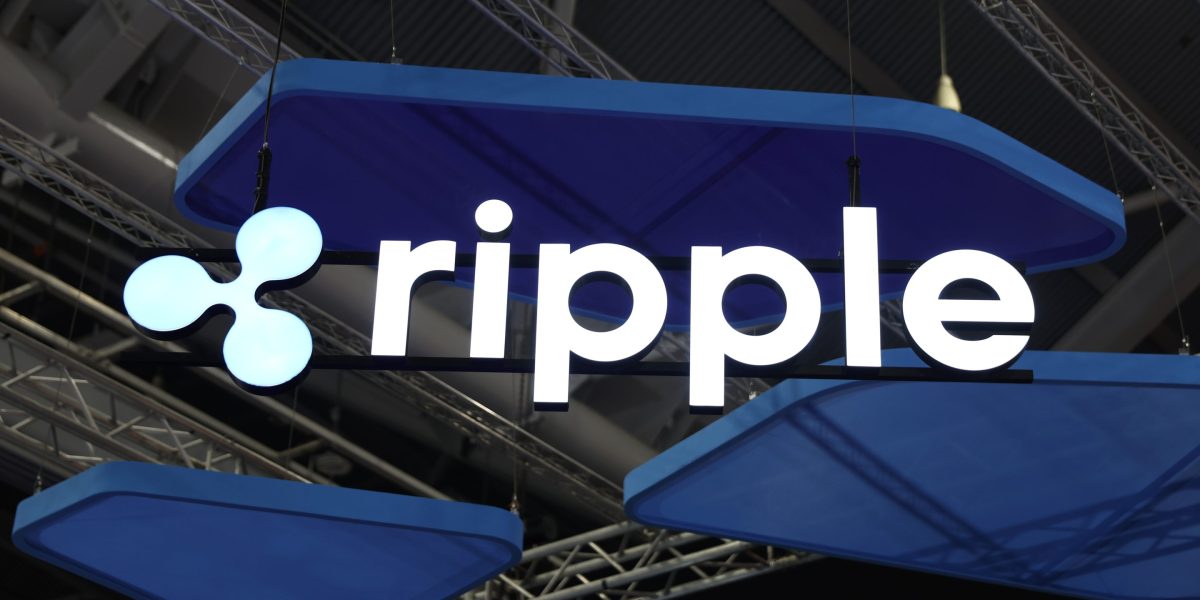Ripple's much-anticipated stablecoin, Ripple USD (RLUSD), has begun testing on both the XRP Ledger and Ethereum, marking a significant step towards its launch. Initially announced in April, the token aims to be pegged to the US dollar and will be backed by short-term US Treasuries, dollar deposits, and cash equivalents.
"Ripple USD is currently in its beta phase and is being rigorously tested by our enterprise partners," the company stated in a blog post. "This phase is crucial for ensuring that the stablecoin meets the highest standards of security, efficiency, and reliability before it becomes widely available, and after receipt of regulatory approval."
Ripple's foray into the stablecoin market comes at a time when the sector is experiencing rapid growth. Valued at £120 billion, the stablecoin market is forecast to reach £2.3 trillion by 2028, according to broker Bernstein. The popularity of stablecoins, particularly Tether's USDT, is evident in their trading volume, which recently surpassed Bitcoin's by over £8 billion. Cross-border payments are a primary driver of this demand.
Furthermore, stablecoins are increasingly seen as the easiest avenue for cryptocurrency regulation. The European Union has already implemented rules for their issuance and trading, and similar legislation is expected in the UK by the end of the year. In the US, a stablecoin bill was introduced to the House of Representatives a year ago.
For Ripple, entering the stablecoin market aligns strategically with its existing business model, which relies on the XRP token to facilitate cross-border transactions. However, the company faces stiff competition in an already saturated market. Ian Taylor, head of crypto and digital assets at KPMG UK, recently told Fortune that several payment companies and fintechs with banking licenses are poised to launch their own stablecoins once UK regulation is in place.
Andy Bromberg, CEO of stablecoin wallet Beam, voiced concerns about the need for another stablecoin, noting that the sector is dominated by USDT and Circle's USDC, which together hold over 90% of the market share. Competing with this duopoly will be a formidable challenge for Ripple, especially considering that several of the top 10 stablecoins by market capitalization have amassed less than £800 million.
So, why launch RLUSD at all? The answer likely lies in the potential for significant yield. Current interest rates on US Treasuries, particularly I bonds, which adjust every six months, are currently at 4.28%. This translates to an annual yield of over £34 million for a stablecoin with a market capitalization of £800 million.
Bromberg described the potential profitability of stablecoins as "ludicrous." While Ripple's entrance into the stablecoin market is driven by strategic considerations and financial incentives, the path to success remains uncertain. The company will need to differentiate its offering and navigate a challenging regulatory landscape to secure a foothold in this crowded and competitive market.
Article
Business

Ripple's Stablecoin Enters a Crowded Market: Can RLUSD Make its Mark?

